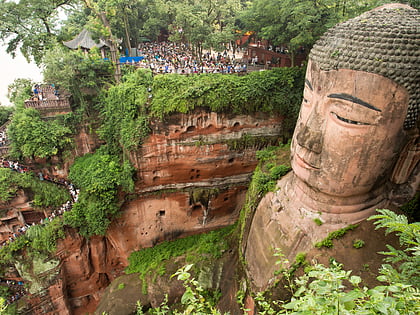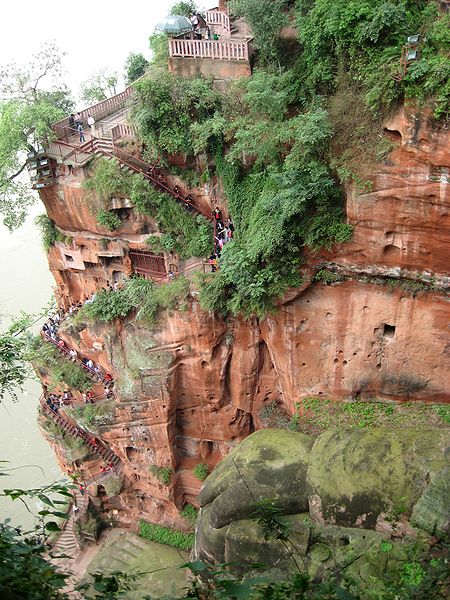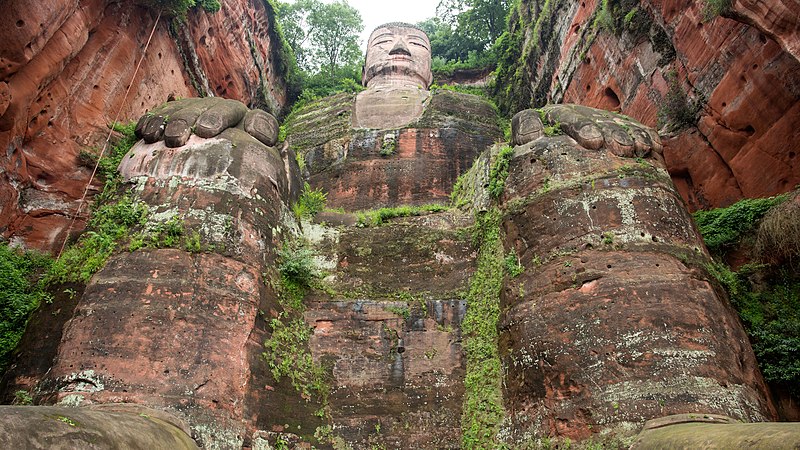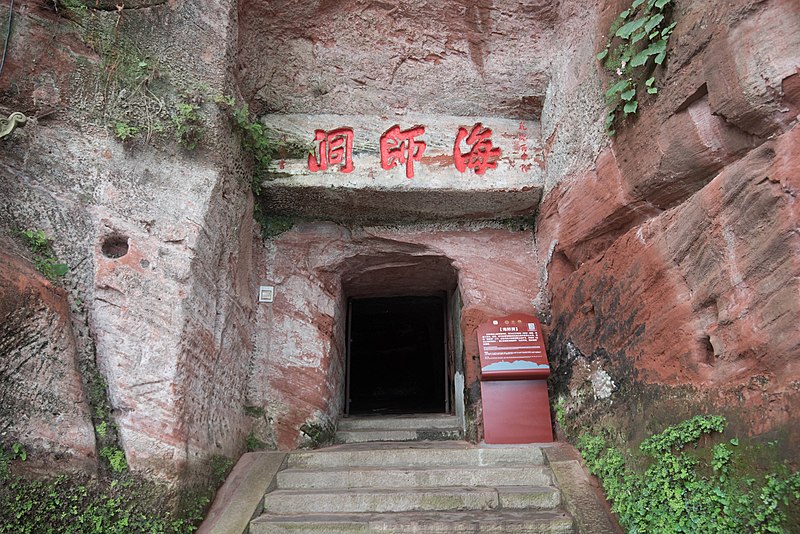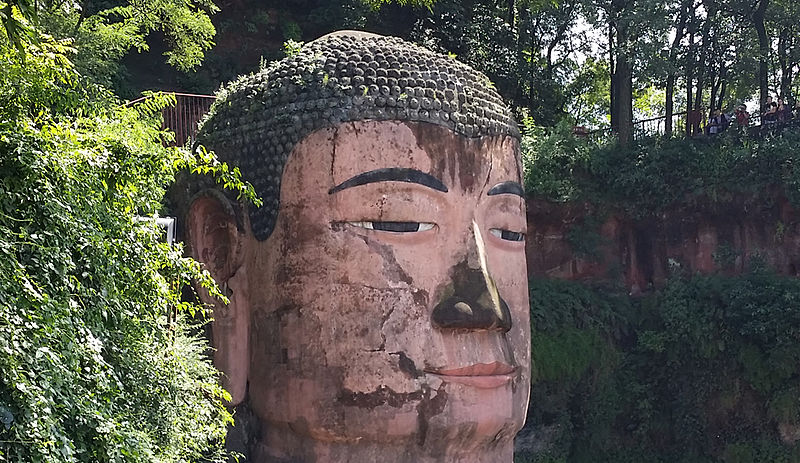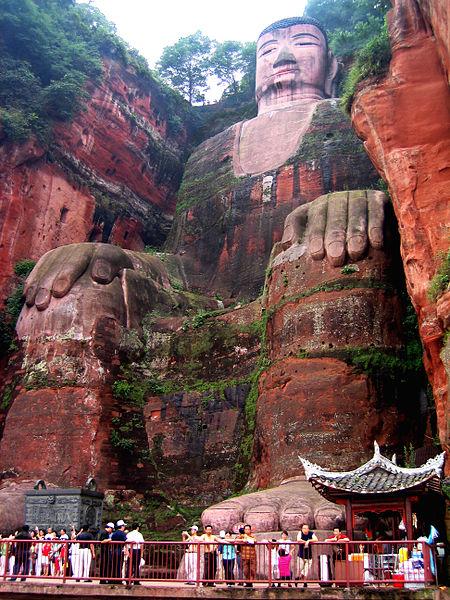Leshan Giant Buddha, Leshan
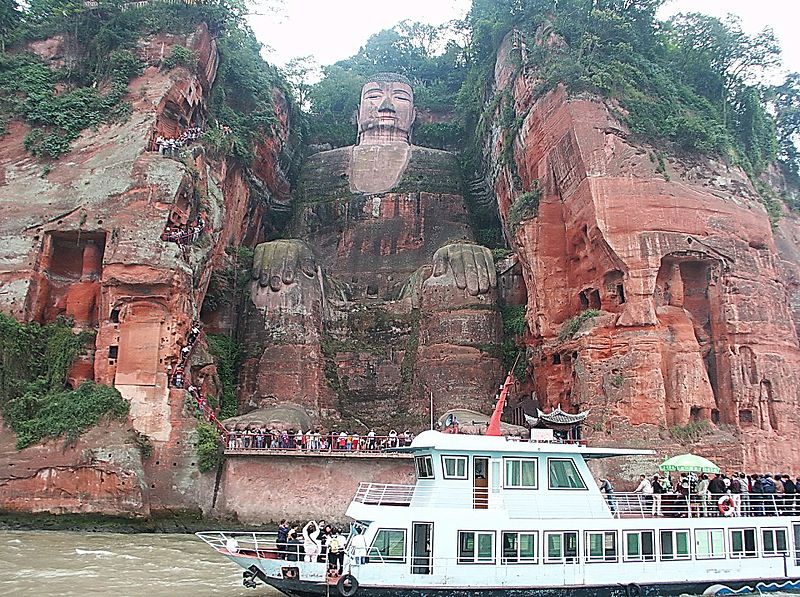
Facts and practical information
The Leshan Giant Buddha is a monumental statue carved into the cliffs of Mount Emei in the city of Leshan, China. Towering at 71 meters (233 feet) tall, this ancient sculpture is the largest stone Buddha in the world and a UNESCO World Heritage site, attracting thousands of tourists and pilgrims every year.
Created during the Tang Dynasty, construction of the Buddha started in 713 AD and was completed in 803 AD, taking nearly 90 years to finish. The statue depicts Maitreya Buddha and is seated with his hands resting on his knees, gazing serenely across the confluence of three rivers – the Minjiang, Dadu, and Qingyi.
The Leshan Giant Buddha is not only an impressive cultural landmark but also an architectural marvel. Its intricate drainage system, consisting of hidden gutters and channels throughout the statue's hair, collar, chest, and ears, has protected it from erosion for over a millennium.
Visitors to the site can view the Buddha from a boat on the river or by walking down a steep staircase to the feet of the statue, which is large enough to accommodate over 100 people sitting side by side. The enormity of the Buddha can truly be appreciated up close, where the smallest details, such as the curls of the Buddha's hair, can be seen.
The best time to visit the Leshan Giant Buddha is in the spring or autumn when the weather is mild and the scenery is at its most vibrant. It is advisable to arrive early to avoid the crowds and to ensure a peaceful experience of this magnificent site.
Leshan
Leshan Giant Buddha – popular in the area (distance from the attraction)
Nearby attractions include: Wuyou Temple, Hongchunping Temple, Leshan Giant Buddha, Shizhong District.
